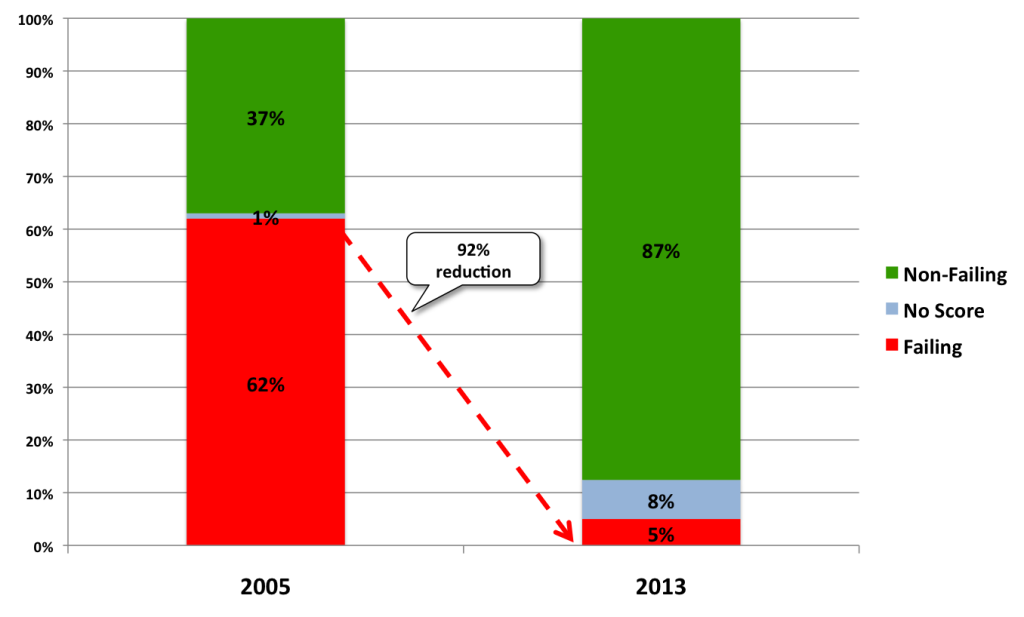A City of Possibility
GOOD Magazine names New Orleans one of its Top 20 Cities of Possibility
Times-Picayune – January 7, 2014
GOOD Magazine named New Orleans one of its Top 20 “Cities of Possibility.” GOOD measured “possibility” using criteria such as transportation, diversity, work/life balance, green space, and civic engagement. Atlanta was the only other American city chosen.
Top Education Stories from 2013
The Times-Picayune reviewed the top education stories of 2013. Here are the highlights.
- Percent of students in failing schools drops below 6%.
- Charter enrollment now tops 90%.
- OPSB’s behavior undermines its credibility, and no charters vote to return to local control.
- Serving special needs students is still a challenge, but centralized expulsion system improves transparency and fairness.
- Inspector General Ed Quatrevaux gets involved.


